The neuropsychologist trained in Psycho-Oncology and Neuropsychology with extensive practice in cognitive rehabilitation, Claudia Mayza, tells us in this article about her experience at the Peruvian Caldevid Geriatric center in neuropsychological rehabilitation of older adults with dementia. This text aims to promote research and the use of new technologies in the approach to dementias.
In recent years, there has been an increase both in the population pyramid and in life expectancy of older adults, which has led to a closer look at lifestyle, related diseases and the reach of the health system.
The World Health Organization estimates that worldwide between 5% and 8% of the population over 60 years old have a diagnosis of dementia. In 2015, at least 47 million people suffered from dementia and statistical projections indicate that this disease will affect 75 million by 2030 and 131 million people by 2050.
According to the Pan American Health Organization (PAHO) (2020), most people with dementia are cared for at home, increasing mortality rates both in people with dementia and in caregivers and/or family members.
Likewise, many countries do not have adequate care in long-term care facilities or institutions, which creates an economic impact.
In 2010, the estimated cost of treating and caring for people with dementias was 604 billion dollars worldwide and 235.8 billion dollars in the countries of the Americas, with much of this economic burden borne by families.
What is neuropsychological rehabilitation?
Neuropsychological rehabilitation is defined as the structured set of therapeutic activities specially designed to retrain the skills of those individuals who have suffered some type of cognitive deficit following an injury or illness.
In an integral concept it refers to an intervention that aims to enable patients and their families to live with, manage, avoid, reduce or cope with the alterations, which makes it legitimate in the case of dementias, focusing on improving quality of life, promoting independence, slowing the degree of decline and optimizing functionality and overall cognitive performance.
Neuropsychological rehabilitation in dementia
Currently, there is a comprehensive approach to neuropsychological rehabilitation that allows the implementation of various evidence-based strategies using methods, cognitive techniques, psychsocial therapies or interventions, focused mainly on maintaining functionality and quality of life for older adults and their family members and/or caregivers.
Any intervention must be adapted to the difficulty, with permanent supervision by a specialist, focused with a degree of representativeness and capacity for transfer to everyday activities.
It is important to highlight as a starting point the neuropsychological assessment, for adequate approach and knowledge of both cognitive reserve and preserved and/or altered functions.
The use of new technologies and the digital age
According to statistics from the Economic Commission for Latin America and the Caribbean (ECLAC) (2019), the age group of older people is the most isolated in the use of digital technologies, which reveals a deep digital age gap and the challenge of promoting inclusion.
It is important to mention that the pandemic and post-pandemic context has made evident the need to use technologies as a resource to maintain communication, socialization, medical assistance, rehabilitation, entertainment and learning in older adults.
There are various studies that recommend the use of new technologies (ICT) as a method to improve the quality of life of older adults who have neurodegenerative diseases, neurological conditions, cognitive impairment, depression, among other illnesses.
Resources such as wiiterapia, apps, platforms, virtual and augmented reality, RGS, robotics, among others, are the most used.
Neurorehabilitation: Experience using NeuronUP
Neurorehabilitation could be focused on two types of processes: short-term and long-term.
Short-term process
In the first case, this must be specific, measurable, adaptable, realistic and have a defined time frame.
Long-term process
In the second case the objective is to help recover, and/or minimize, compensate and/or substitute the altered or diminished functions, helping to recover maximum potential and functionality and independence, and then maintain and/or slow the process, this in cases where cognitive decline and/or dementias are present.
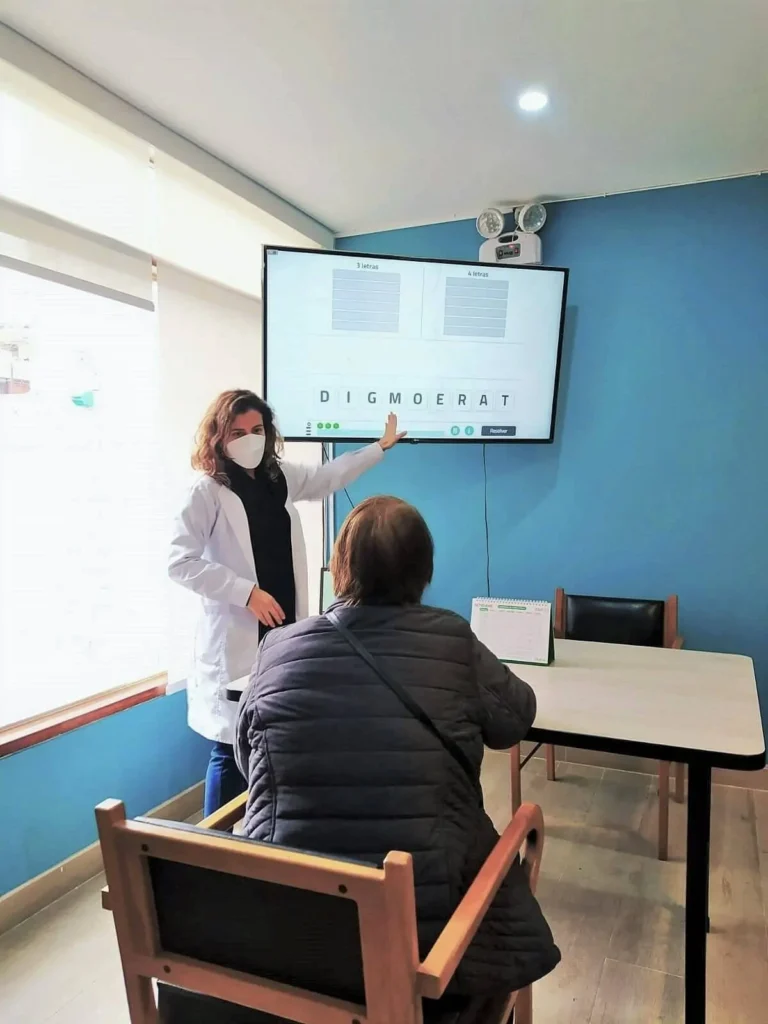
Evidence-based alternative
From our experience in private care and at Centro Caldevid, the NeuronUP platform has allowed us to provide a digital evidence-based alternative with cognitive techniques such as:
Errorless learning (EL), Spaced retrieval (SR), Fading cues (FC), Attention Process Training (APT), metacognitive strategies, acronyms, trial-and-error, visualization, association, repetition by approximation, modeling, self-instructions, among others, which complement the comprehensive approach we provide to older adults and their families.
Forms of intervention
We also provide various forms of interventions in neuropsychological rehabilitation:
- In-person: Individual and group.
- Telerehabilitation: facilitated by the specialist and with screen sharing.
- Home-based: individual.
Platform complementary to other activities
The NeuronUP platform is used in all modalities, complementing other activities we provide in the day center, such as paper exercises, therapeutic games, virtual reality, dynamic and cognitive stimulation activities, gerontogymnastics, functional physical therapy, social and recreational activities, art therapy, geriatric Olympics, art exhibitions, among others.
NeuronUP is user-friendly, adapted according to difficulty, age and level of education, and has resources that promote motivation and adherence to treatment.
It contains digital activities, which are arranged according to areas of intervention and cognitive functions (attention, memory, language, executive functions, gnosias, praxias, visuospatial skills, social cognition) and areas of occupation (basic and instrumental activities of daily living, among others). It allows managing users and performance results.
Group work with NeuronUP
In September 2022, a mini digital geriatric Olympics using the NeuronUP platform was held.
The activity was scheduled in 2 stages:
- The pre-training for the geriatric Olympics, reinforcing the use of digital activities for both older adults and their family members, lasting 2 weeks with a frequency of 2 times per week.
- The event itself where groups of two people (an older adult and a companion) were formed by time slots and according to characteristics.
This allowed us to work on different cognitive and occupational functions. In addition, it fostered motivation, autonomy, identity, sense of belonging and competitiveness towards new challenges.
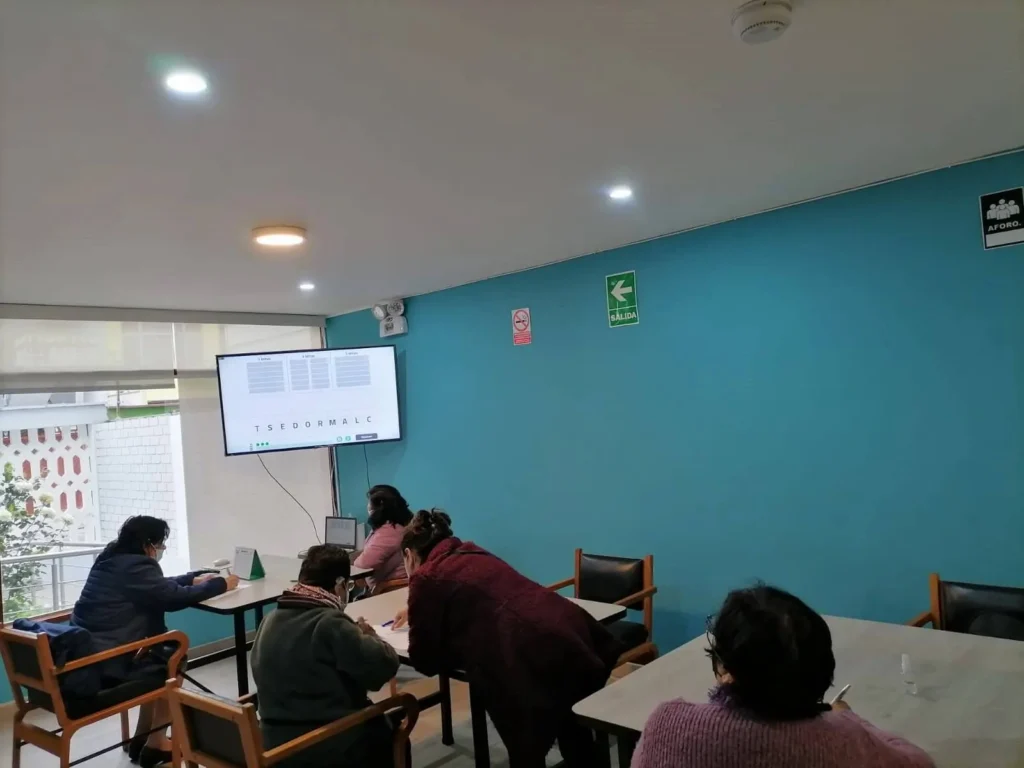
Conclusion
- It is important to take into account that the use of technology will not be accessible in some cases, either due to economic or social resources, degree of disease deterioration or related deficits.
- The neuropsychological approach is broad, with diverse techniques and strategies that will be adapted as the case may be, always including the family, both in participation in sessions, as well as in psychoeducation and emotional support.
- Encourage research and training on updates in neurorehabilitation and other neuropsychological rehabilitation strategies.
In Peru, access to the use of new technologies and neurorehabilitation techniques for older people who suffer from cognitive impairment or dementia is limited; however, there is an effort by many professionals from different areas in care, research and training.
Nothing is unique, it is not just one resource, intervention in dementias is broad, so it is important to use tools that show evidence, since the shared purpose is to provide quality of life to older adults and their families.
Bibliografía
Custodio, N., García, A., Montesinos, R., Escobar, J., Bendezú, L. Prevalencia de demencia en una población urbana de Lima-Perú: Un estudio puerta a puerta. An Fac med. 2008; 69(4): 233-238.
León-Sarmiento, FE, Bayona, E., & Bayona-Prieto, J. (2009). Neurorrehabilitación: La otra revolución del siglo XXI. Acta médica colombiana, 34 (2), 88-92.
Prevalence of Dementia and Associated Factors among Older Adults in Latin America during the COVID-19 Pandemic Soto-Añari M, Camargo L, […] López N Dementia and Geriatric Cognitive Disorders Extra (2021) 11(3) 213-221
Sunkel G, Ullmann H, Las personas mayores de América Latina en la era digital: superación de la brecha digital, Revista de la CEPAL, 2019.
Wilson. B, Winegardner.J, Van Heugten. C., Ownsworth., T, (2017), Rehabilitación neuropsicológica. Manual internacional, Editorial El Manual Moderno S.A de C.V.
Zurique Sánchez C, Cadena Sanabria MO, Zurique Sánchez M, Camacho López PA, Sánchez Sanabria M, Hernandez Hernandez S, et al. [Prevalence of dementia in the elderly in Latin America: a systematic review]. Rev Esp Geriatr Gerontol. 2019;54(6):346–55. Spanish.
If you liked this article about neuropsychological rehabilitation, you might also be interested in the following articles:
“This article has been translated. Link to the original article in Spanish:”
Rehabilitación neuropsicológica en adultos mayores con demencia: Experiencia en un centro de día con NeuronUP
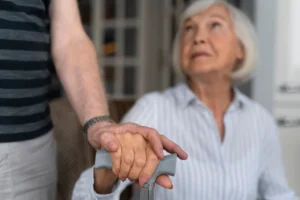
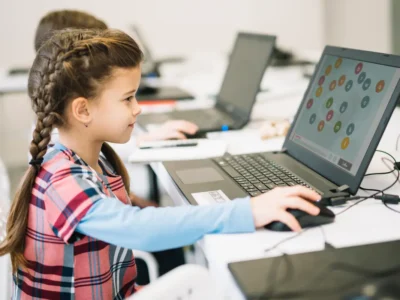
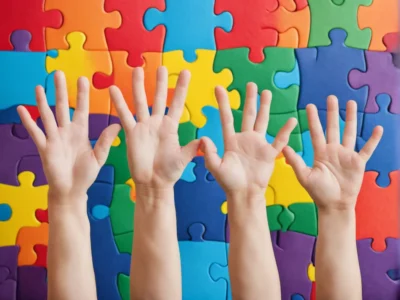
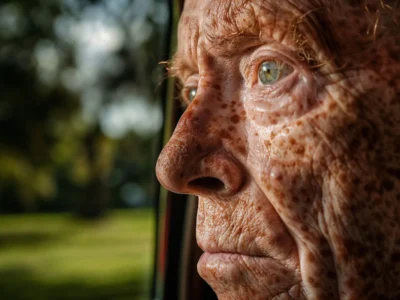
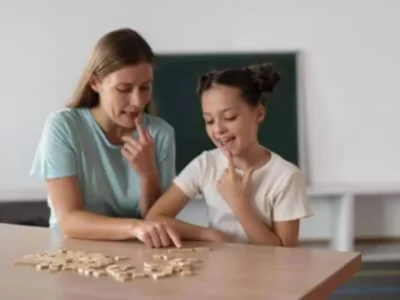
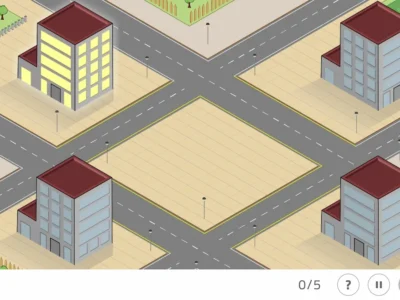
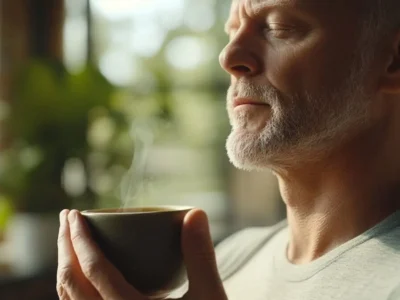
 Worksheet for developing spatial visualization in adults: Mental reconstruction of cubes
Worksheet for developing spatial visualization in adults: Mental reconstruction of cubes
Leave a Reply